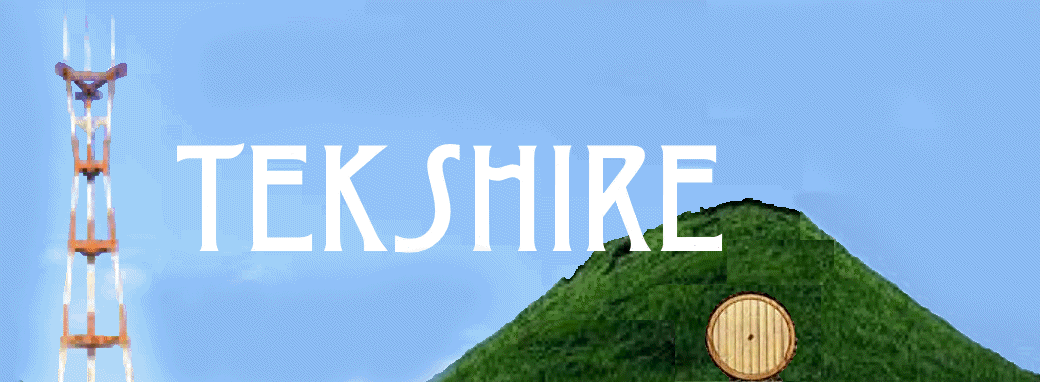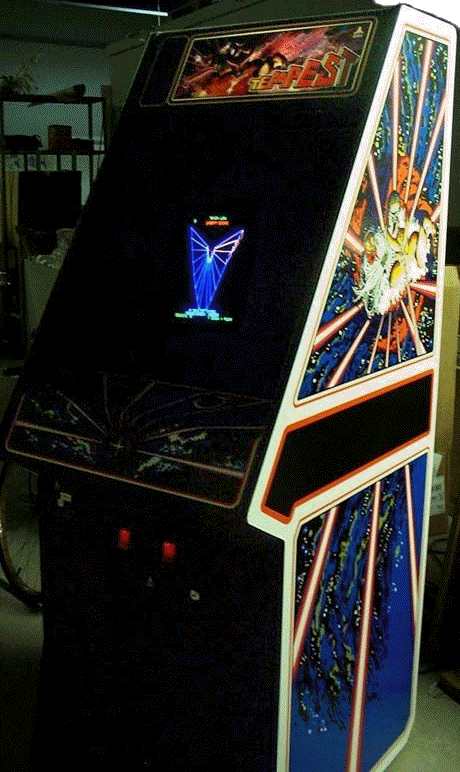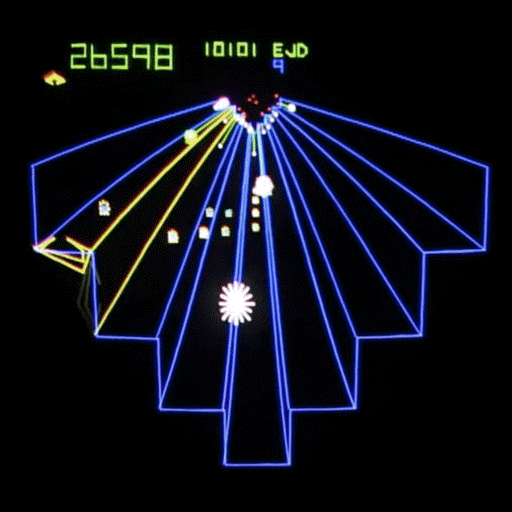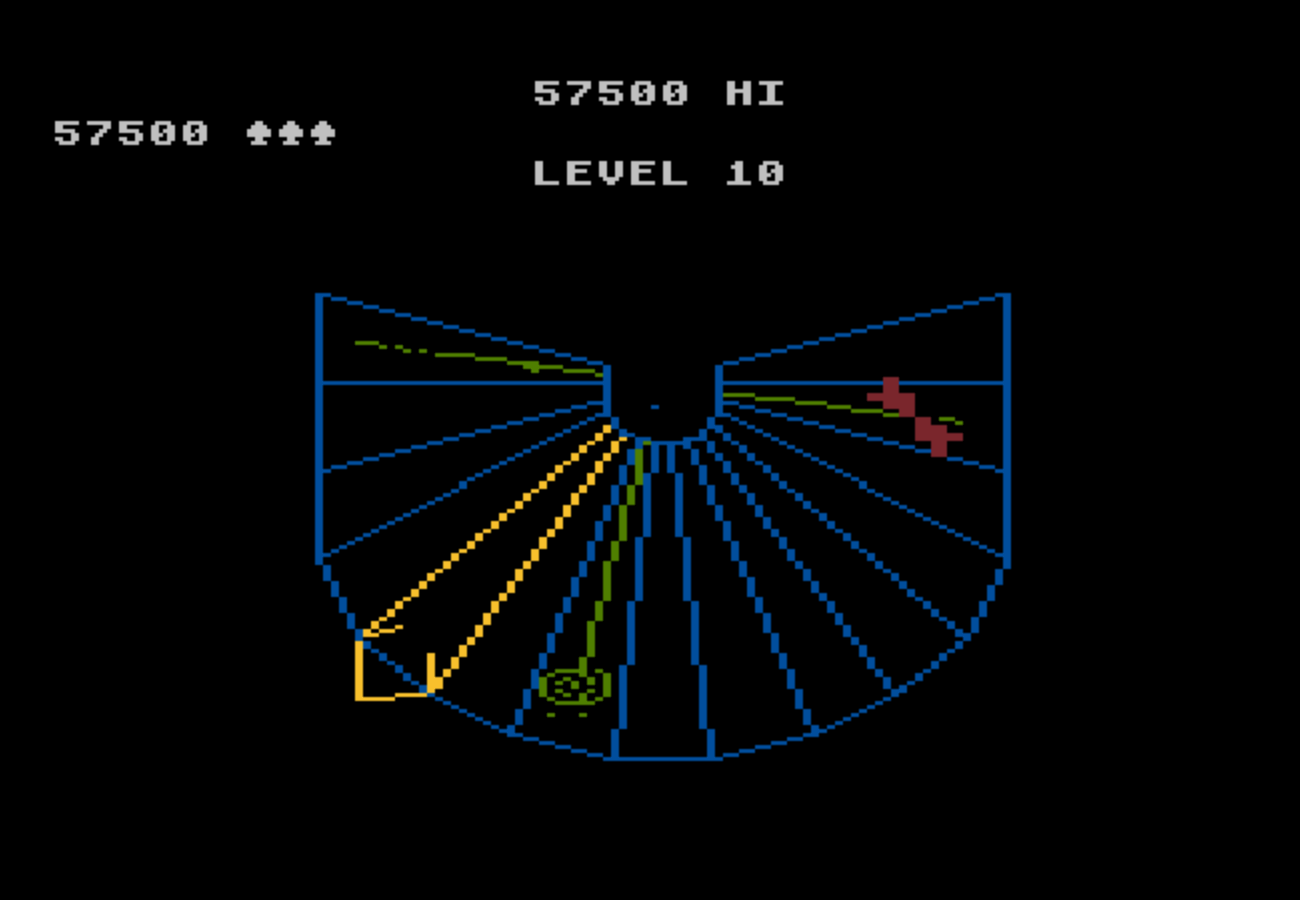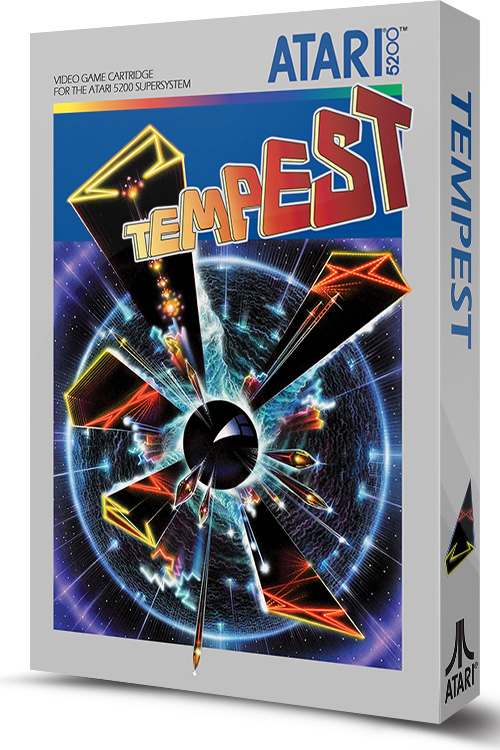Future Plans
At this time, TekShire is primarily working on cross-platform mobile applications.So the first target platforms for the next iteration of Tempest will be iOS and Android. I am using Unity to develop the cross platform games. When you create a Unity project, the first target that they normally set up is WebGL based, which allows you to develop without needing another device.
Additionally, to make this a more unique version of Tempest, i decided to create it inside a teapot, so the name will be Tempest in a Teapot. My plan is to fly down the spout of the teapot and you are in a tube, much like what the Tempest arcade game is staged in. Secondly, i would allow a separate teapot for each level of Tempest, which means we have a fleet of teapots.
Lastly, i tried a pair of VR goggles, the Epson Moverio BT-200, at an Android Developer Conference, AnDevCon. I knew immediately that if i was flying around the fleet of teapots that it had to be a 3D experience and Tempest in a Teapot has become a virtual reality game.
Doing a complete Tempest game plus a full virtual reality world would be a huge task for a small team, so we decided to produce the game in two parts. Since you need to fly from teapot to teapot in order to try different Tempest levels, we would start with just the teapot portion. We could make a flying game and get it out on the market while we then finished adding the Tempest components. We call this part of the game, Teapots. You can find the latest incarnation of Teapots on the Teapots page. More on the overall vision of the game can be found on the Tempest in a Teapot page.
